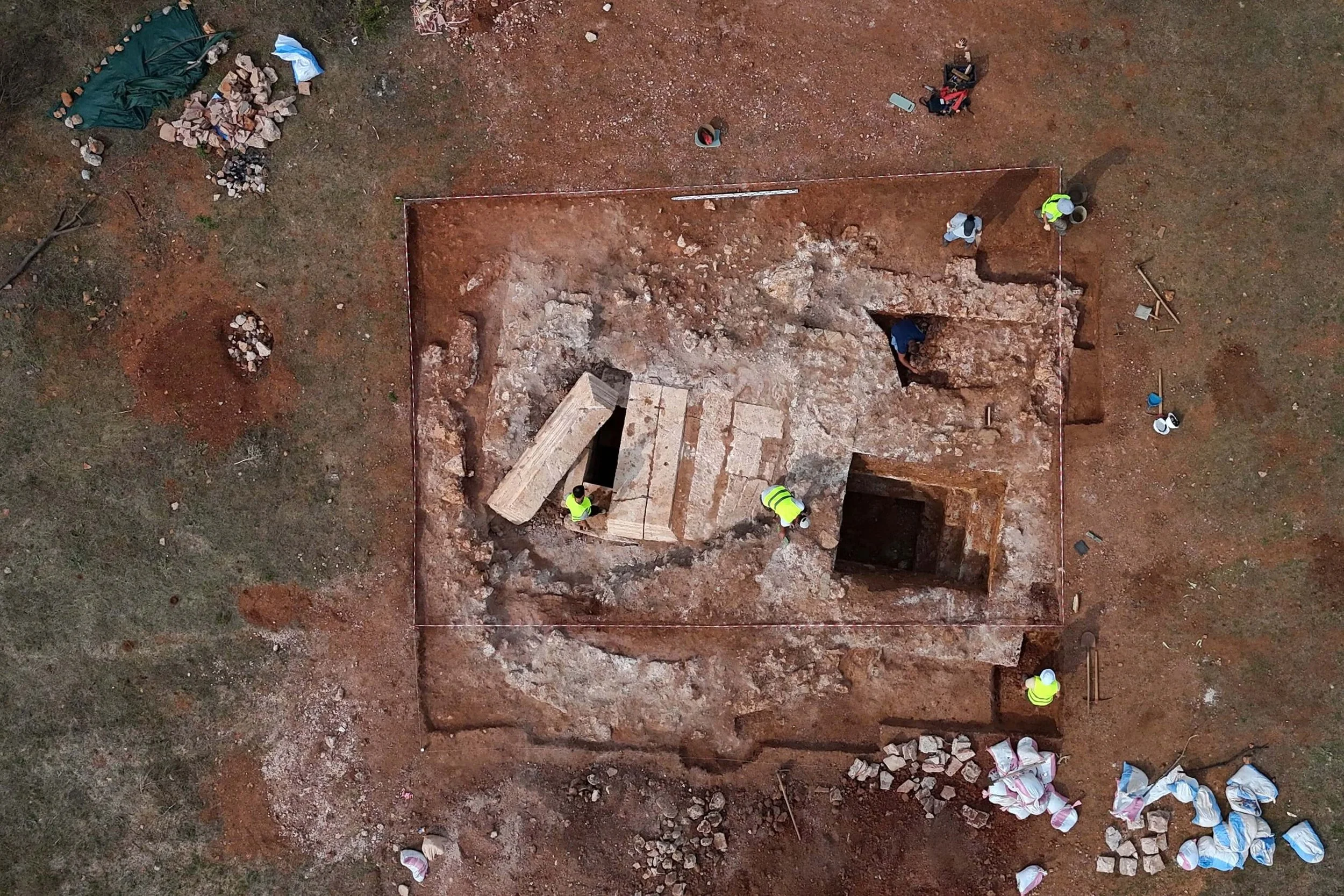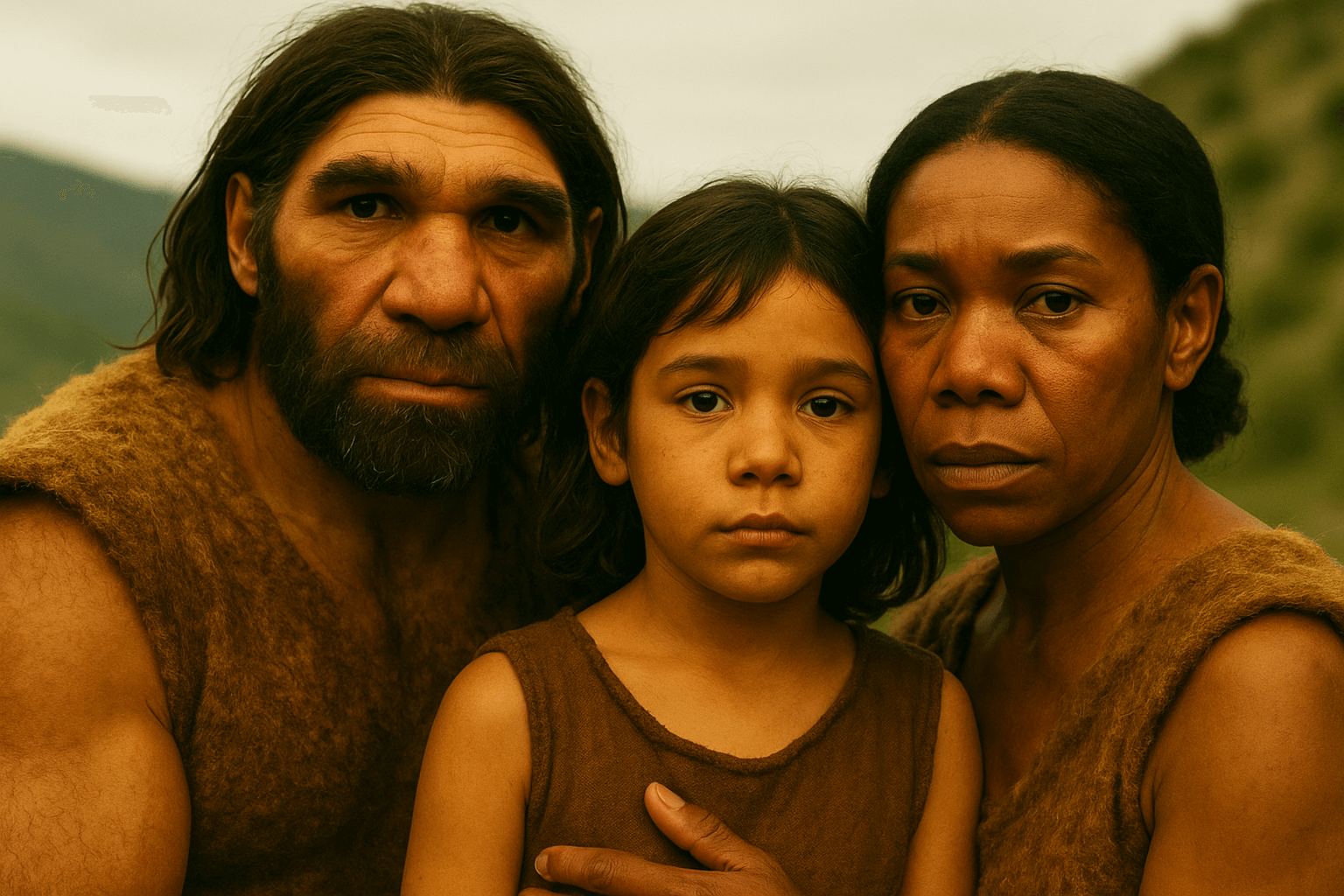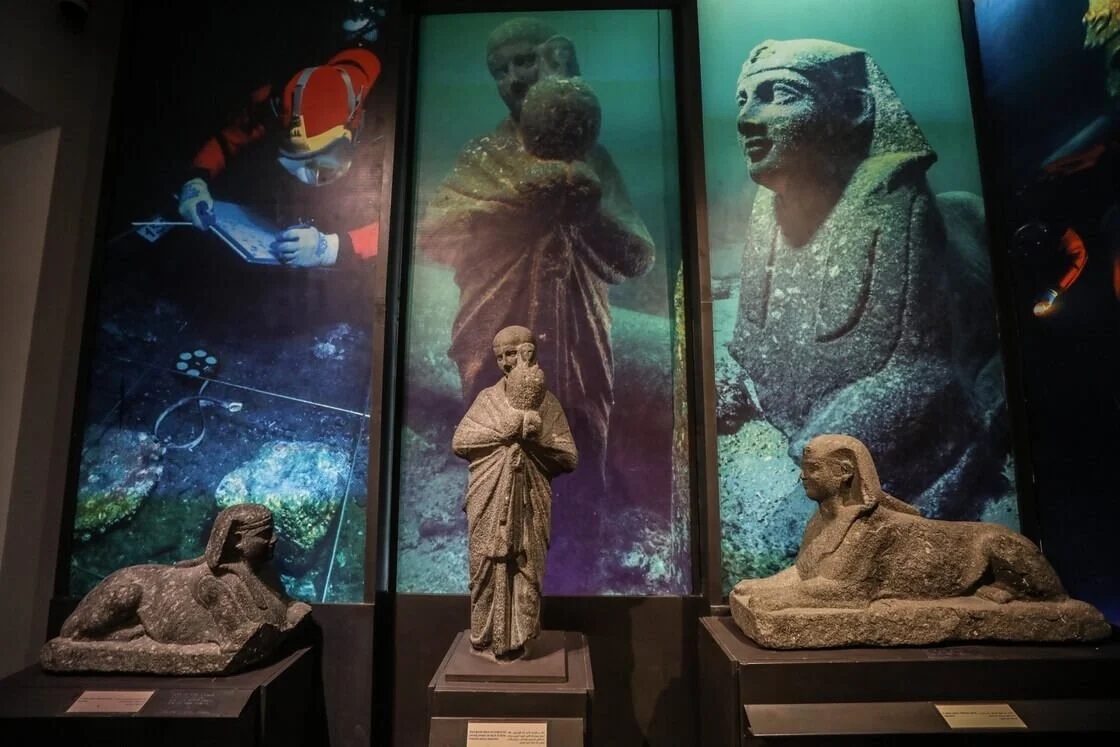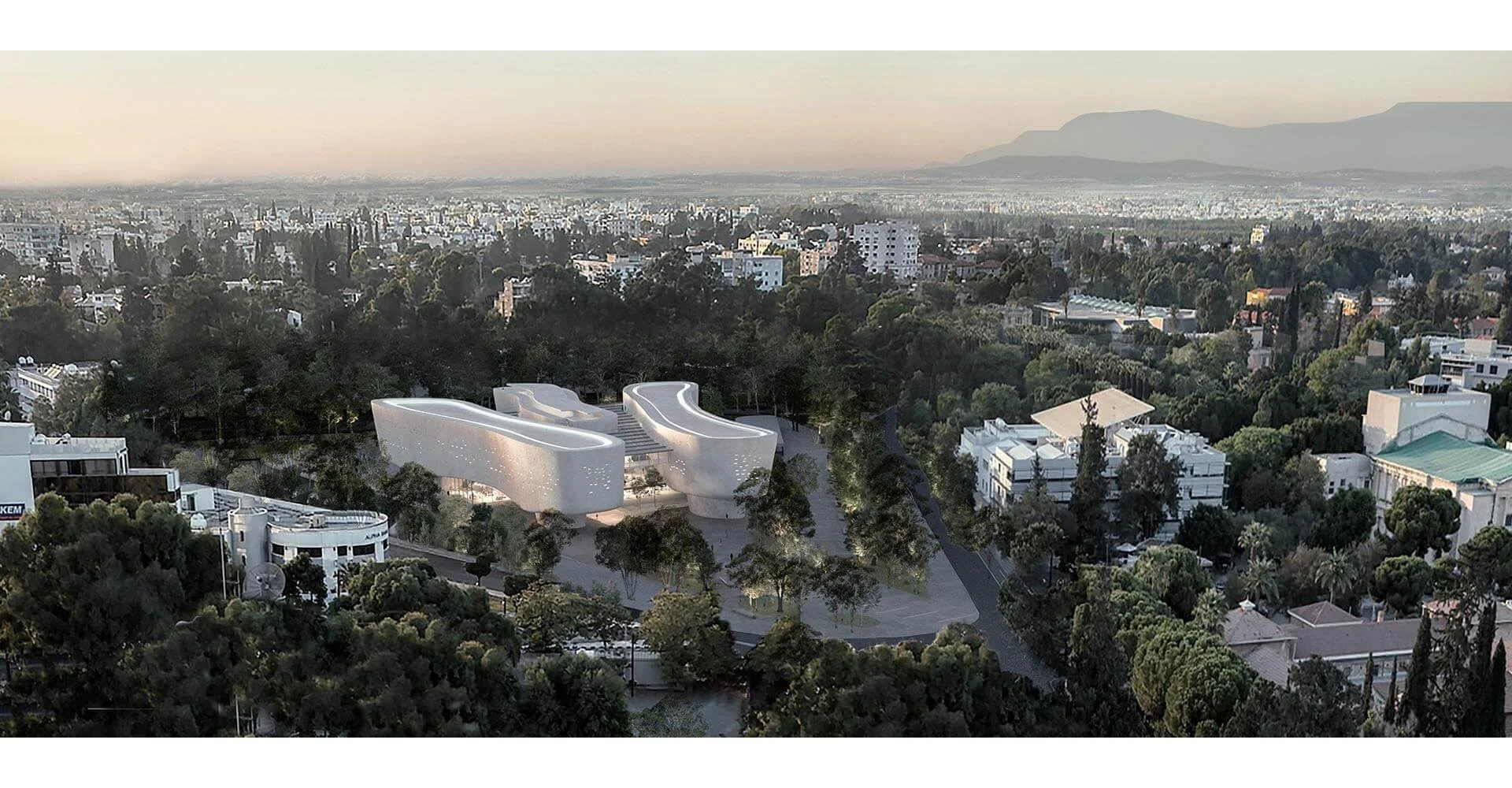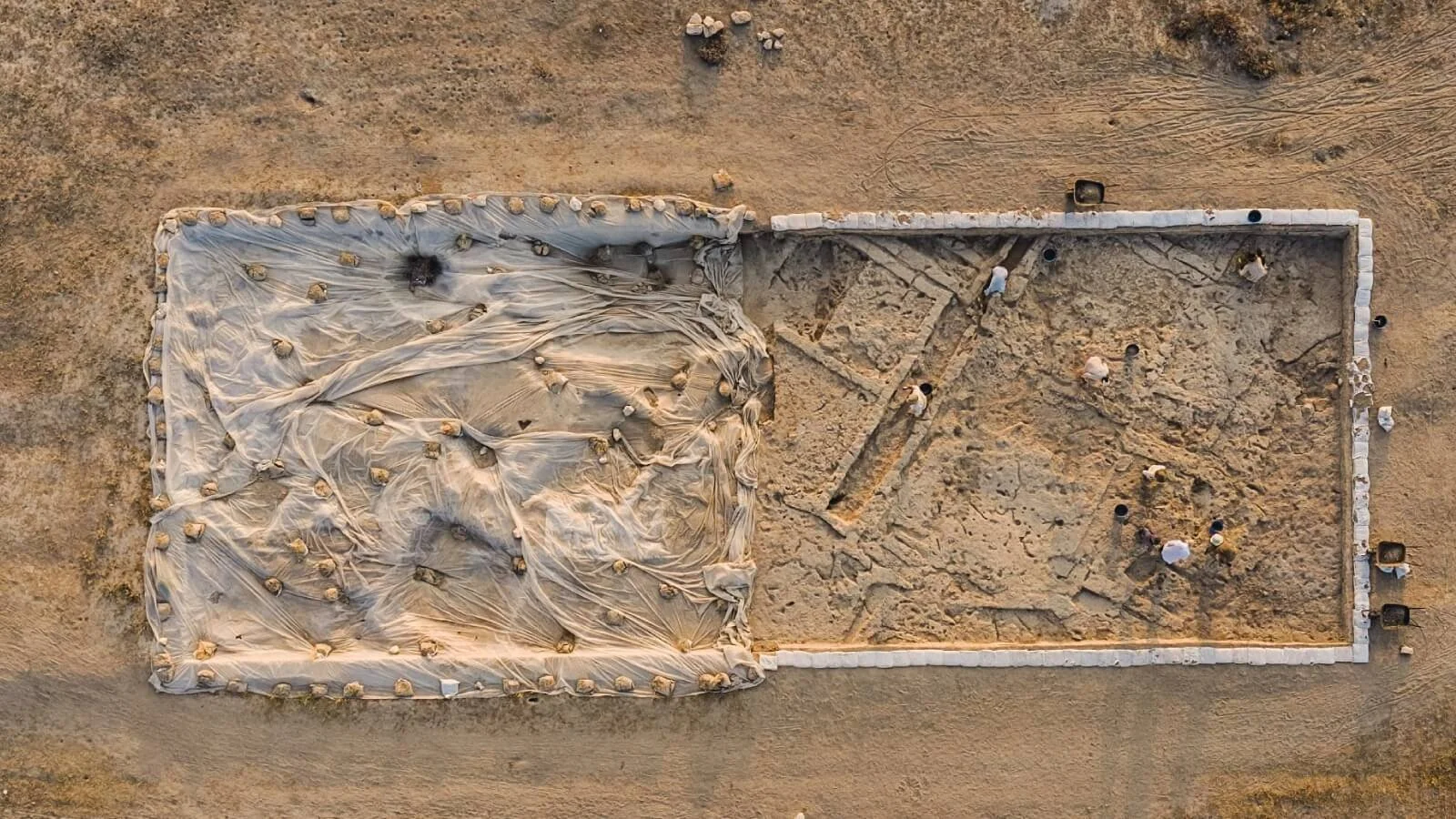Stunning Discovery: Ancient Mayan City Unearthed with Palaces, Pyramids, and Plazas
Archaeologists in Mexico have made a remarkable discovery: the ruins of a previously unknown Mayan city — complete with palaces, pyramids, and ceremonial plazas — were uncovered during construction work for a new industrial park near Mérida, on the Yucatán Peninsula.
The newly discovered site, named Xiol, features architectural elements characteristic of the Puuc style, which is more commonly found in the southern part of the peninsula. According to researchers, such well-preserved structures are rare this close to Mérida.
Xiol, ciudad maya con vestigios de tipo palacio de tipo Puuc
— Yucatán Ahora (@yucatanahora) May 26, 2022
En el transcurso de cuatro años, los recientes hallazgos han convertido a la zona arqueológica de Xiol en una ciudad precolombina que albergó a más de cuatro mil personas.
Conoce más 👉🏼 https://t.co/8uCkMJ6YNq pic.twitter.com/Mo9XyaNMUZ
“We estimate that more than 4,000 people lived in and around this city,” said archaeologist Carlos Peraza, one of the lead researchers involved in the excavation. The site is believed to have been inhabited between 600 and 900 CE, during the Late Classic period of the Mayan civilization.
Burial Sites and Daily Life
In addition to the urban ruins, researchers discovered nearby burial grounds for both adults and children. Among the graves were personal items, ceremonial offerings, and tools made from obsidian and flint — materials commonly used by the Maya.
Interestingly, remnants of marine life found at the site suggest that the city's inhabitants engaged in coastal fishing, taking advantage of their proximity to the sea.
Discovery Amid Development
Xiol was uncovered only after work had already begun on the industrial park. Construction will continue, but the archaeological remains will be preserved, according to the site’s developers.
“Urban sprawl in this area has led to the destruction of many ancient sites over the years,” Peraza noted. “Even as archaeologists, we didn’t expect to find a site in such an excellent state of preservation.”
This discovery not only enriches our understanding of the ancient Maya in northern Yucatán but also highlights the delicate balance between modern development and the preservation of cultural heritage.


